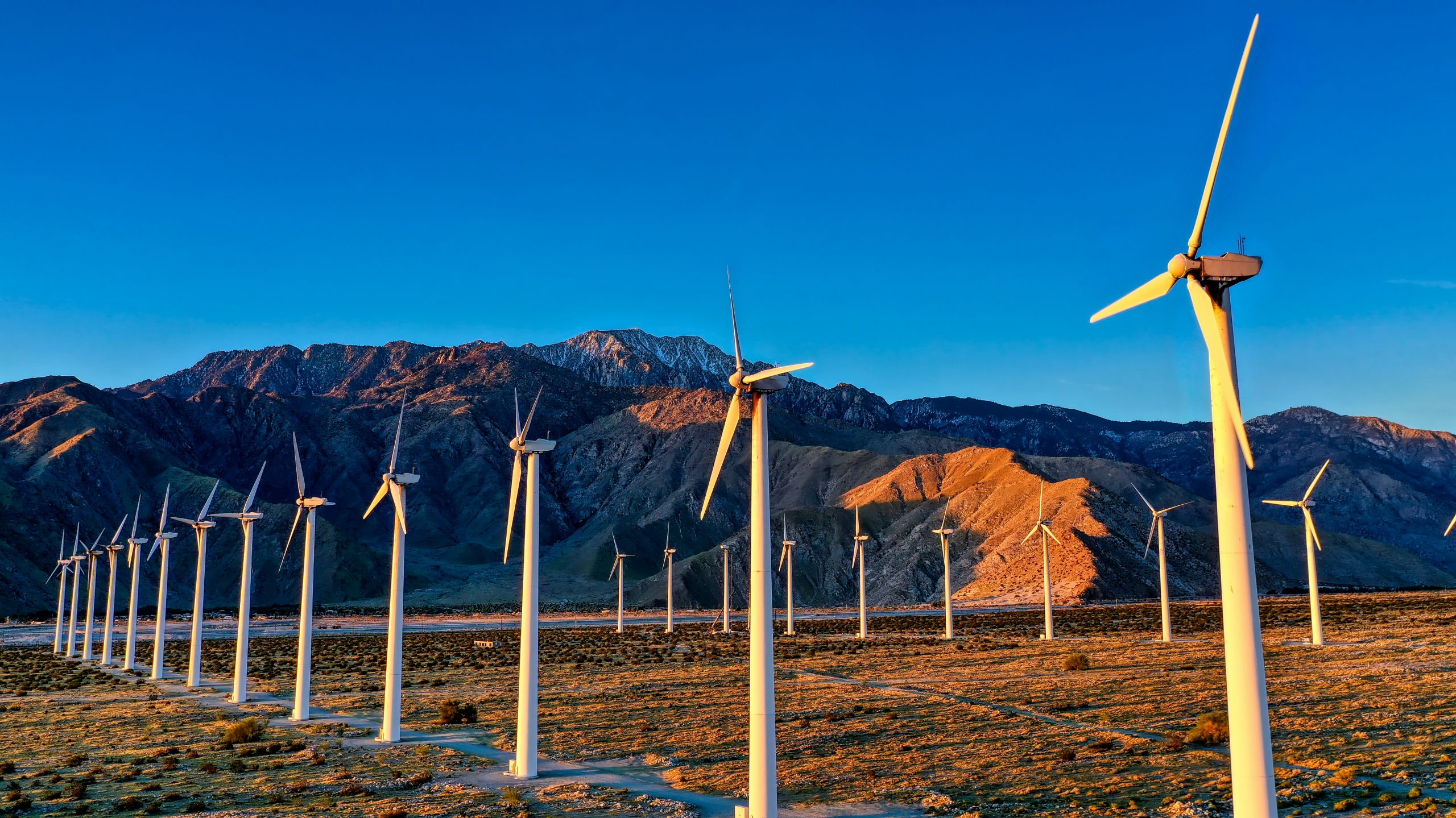
Revitalizing the DOE Loan Program Office to Support Clean Infrastructure Development
Summary
The Biden-Harris Administration should expand the focus of the Department of Energy’s (DOE) Loan Program Office (LPO) to meet the demands of a changing energy industry. The LPO was established to serve as a backstop to private-sector financing for large-scale energy projects with embedded technology risk. The program’s success in scaling large scale power plants and manufacturing plants for next generation energy technologies is well documented. However, the energy industry has changed since the program’s beginning, and the needs for support from the federal government have evolved. For example, technology areas that were deemed risky in 2009 are now mature, and in some circumstances, for example in electricity generation, the industry structure that was historically highly centralized has become much more distributed. Modernizing the LPO is a critical means for advancing the Biden-Harris Administration’s climate agenda because the Office supports the development of clean energy projects at commercial scale, leverages private sector capital, and creates middle-class jobs.
This memo recommends three important changes to the DOE LPO:
- The aperture of the LPO must be expanded to include a much larger set of technology areas. In particular, energy storage, hydrogen production and carbon capture, utilization and storage, among other nascent fields, should be supported. Authorizing legislation should be changed to give the Program Office the opportunity to support a technological area at its discretion.
- The Loan Program must reduce the cost of application to incentivize more deployment of smaller projects. This will expand the potential set of projects to be supported and align the Office with overarching trends in the energy sector.
- The Loan Program should expand its purview to support projects impeded by other financing risks in the energy system. These could include grid modernization, system hardening or smart grid updates (which often do not pass traditional cost-benefit analyses), and electric vehicle infrastructure deployment.
At the Office of Clean Energy Demonstrations, Dr. Glaser is paving the way for cutting-edge energy storage and battery technologies to scale up.
Outside of loans, the federal government can do more to support the restart and ensure other nuclear plants continue generating clean baseload energy for as long as safely possible.
The ongoing failure of the U.S. to invest comes at a time when our competitors continue to up their investments in science.
Science funding agencies are biased against risk, making transformative research difficult to fund. Forecast-based approaches to grantmaking could improve funding outcomes for high-risk, high-reward research.